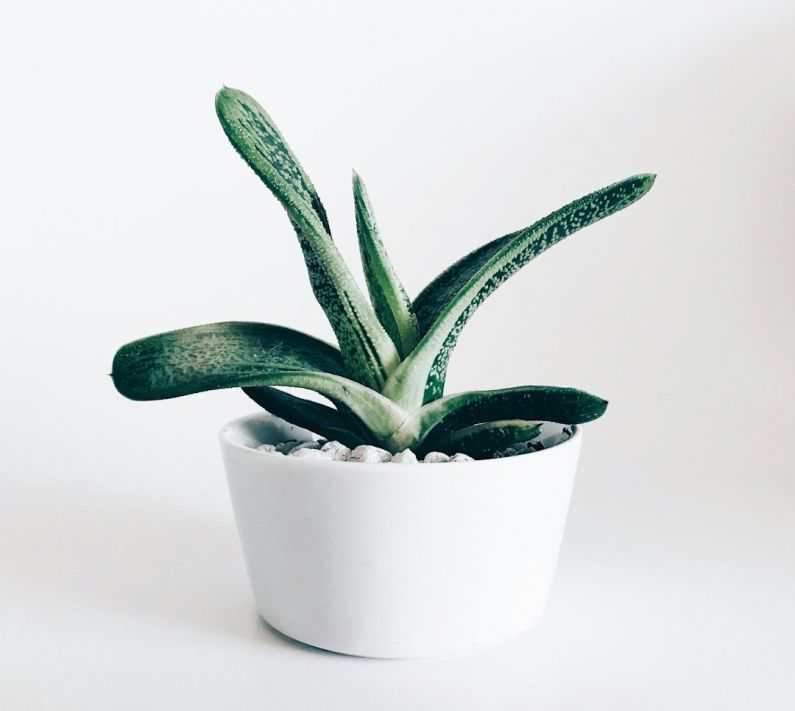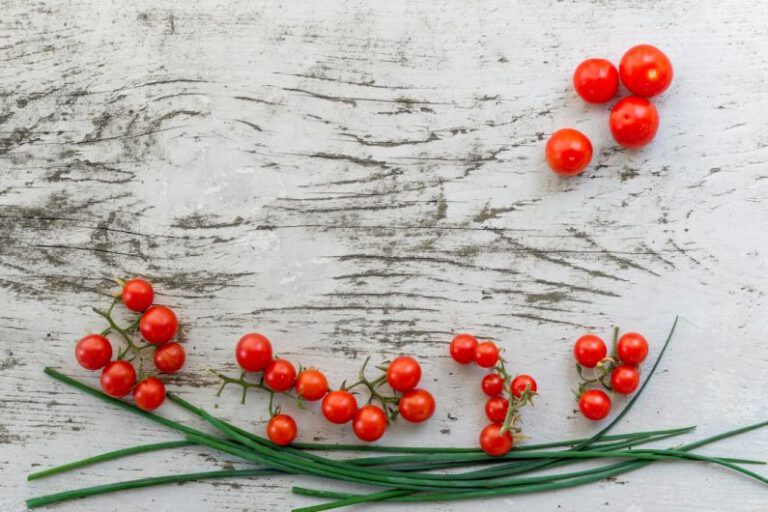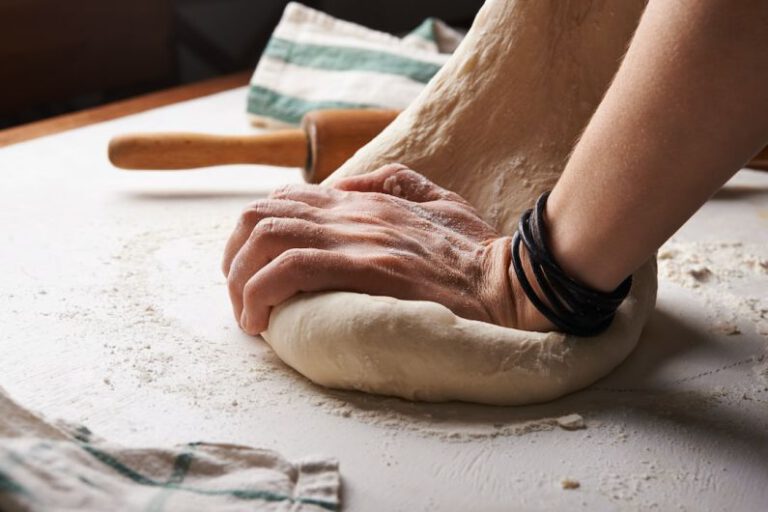What Are the Tips for Growing Succulents Indoors?
Succulents are a popular choice for indoor plants due to their unique and striking appearance. They are also low-maintenance and can thrive in a variety of environments. However, growing succulents indoors does require some specific care and attention. In this article, we will explore some helpful tips for successfully growing succulents indoors.
Choosing the Right Pot and Soil
When it comes to growing succulents indoors, the first step is to choose the right pot and soil. Succulents require well-draining soil to prevent root rot, so it is essential to select a pot with drainage holes. This will allow excess water to escape and prevent the soil from becoming overly saturated. Additionally, using a well-draining soil mix specifically formulated for succulents will help provide the necessary nutrients and moisture balance.
Providing Adequate Light
Succulents are sun-loving plants that require bright light to thrive. When growing them indoors, it is crucial to place them in a location that receives ample sunlight. Ideally, succulents should be placed near a south-facing window where they can receive at least six hours of direct sunlight each day. If your home lacks sufficient natural light, you can supplement with artificial grow lights to ensure your succulents receive the necessary light intensity.
Watering Succulents Correctly
One of the most common mistakes when growing succulents indoors is overwatering. Succulents are adapted to arid conditions and are capable of storing water in their leaves, stems, and roots. Therefore, they are more susceptible to root rot if they are watered too frequently. It is crucial to allow the soil to dry out completely between waterings and then thoroughly soak the soil, allowing the excess water to drain away. As a general rule, water your succulents only when the soil feels dry to the touch, usually every 7-10 days.
Maintaining Optimal Humidity
Succulents prefer low humidity levels, as high humidity can lead to fungal diseases and rot. To maintain the optimal humidity for your succulents, it is best to place them in a well-ventilated area. You can also use a dehumidifier or a fan to circulate the air and reduce moisture levels. Avoid placing succulents in rooms with high humidity, such as bathrooms or kitchens, as this can create an environment that is too damp for their needs.
Fertilizing Succulents
While succulents are known for their ability to thrive in nutrient-poor environments, they still benefit from occasional fertilization. During the growing season, which is typically spring and summer, you can feed your succulents with a diluted succulent-specific fertilizer. Be cautious not to over-fertilize, as this can lead to excessive growth and weaken the plant. It is best to follow the instructions on the fertilizer packaging and adjust the frequency based on the specific needs of your succulents.
Protecting Succulents from Pests
Like any other plant, succulents can be susceptible to pests such as mealybugs, scale insects, and spider mites. To protect your succulents from these pests, regularly inspect the leaves, stems, and soil for any signs of infestation. If you notice any pests, isolate the affected plant and treat it with an appropriate insecticide or a natural pest control method. Additionally, keeping your succulents clean and free from dust will help prevent pests from taking hold.
In conclusion, growing succulents indoors can be a rewarding and enjoyable experience. By following these tips, you can create the ideal environment for your succulents to thrive. Remember to choose the right pot and soil, provide adequate light, water correctly, maintain optimal humidity levels, fertilize sparingly, and protect your succulents from pests. With a little care and attention, you can enjoy the beauty of these fascinating plants in your indoor space.






